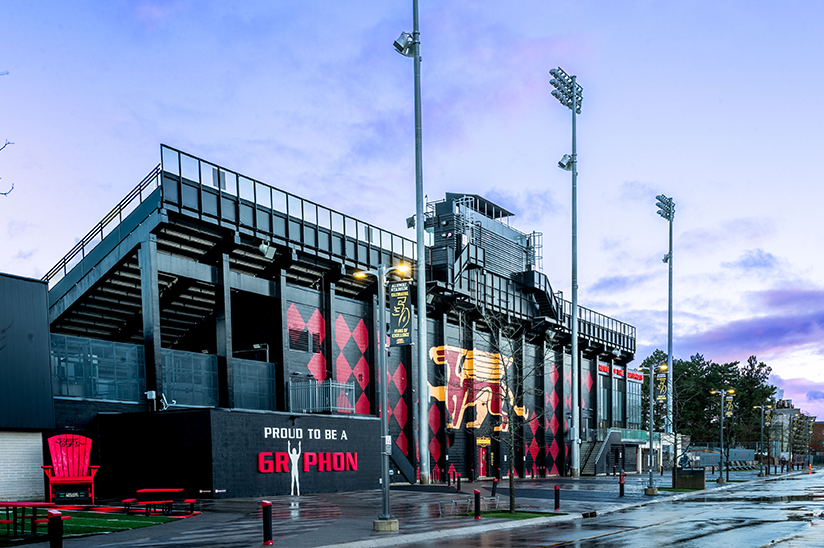Client: Conseil scolaire catholique Franco-Nord
Location: Astorville, Ontario
Size: 3,307 m2 (35,600 ft2)
JLR provided multidisciplinary design of a new elementary school, École élémentaire catholique Saint-Thomas d’Aquin, to house 245 students complete with a daycare.
The JK to grade 8 facility was designed for the Conseil scolaire catholique Franco-Nord (CSCFN). The classrooms were designed with a learning in the 21st century philosophy and supplied with state-of-the-art audio/video capabilities including wireless IT systems, smart presentation systems, and computer integration.
Within the program are eight classrooms, three early childhood development classrooms, and a gymnasium. The school also includes various resource and multipurpose rooms for education and early development, before and after school programs, and staff resource/administration areas. The site was designed to keep bus traffic separate from automobile traffic and includes a play structure, space for a soccer field, and space for a future outdoor classroom.
The daycare facility provides toddler and infant play areas with their own washroom facilities, play areas and are serviced by a common kitchen and have indoor and outdoor storage. Half height doors were provided in the washrooms and kitchen to provide privacy for the children, but allow supervision of the spaces by the staff. A separate infant sleeping area has a strobe light for a fire alarm rather than a bell to prevent the infants from panicking.
The selected site was purchased from the Municipality of East Ferris (Municipality) in a collaborative effort to maintain a strong sense of community. The building was designed to follow sustainable principles such as a high efficient building envelope, LED lighting, efficient HVAC units, etc.
The school was built adjacent to the East Ferris Community Centre (ice rink, curling rink and community hall) and the town library. Shared parking is one example of shared/exchanged services between the school and the Municipality that will ensure an active community life for this small rural town.
The school is serviced by a well for drinking water, a septic system for wastewater, and propane for fuel.










